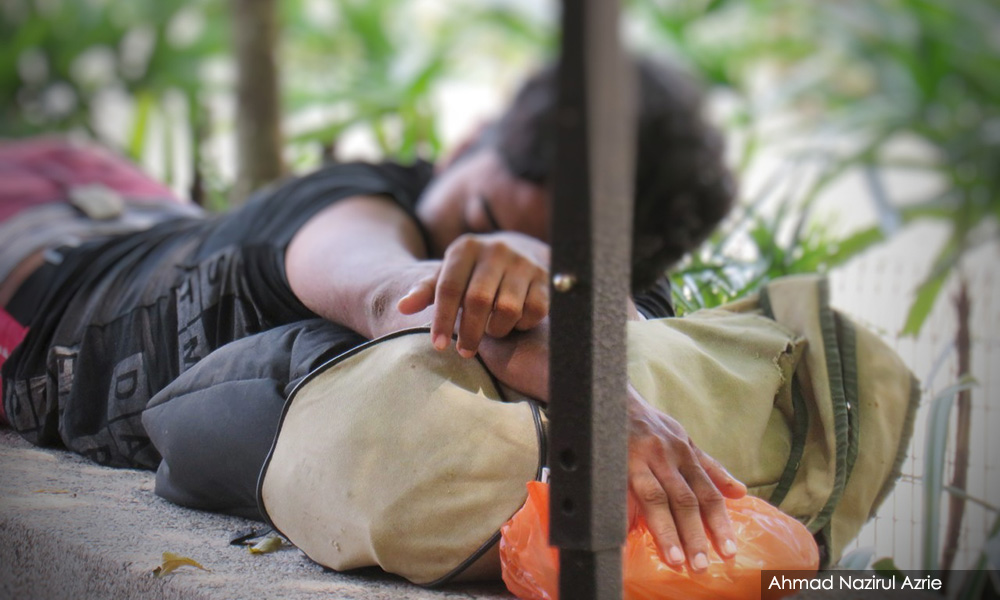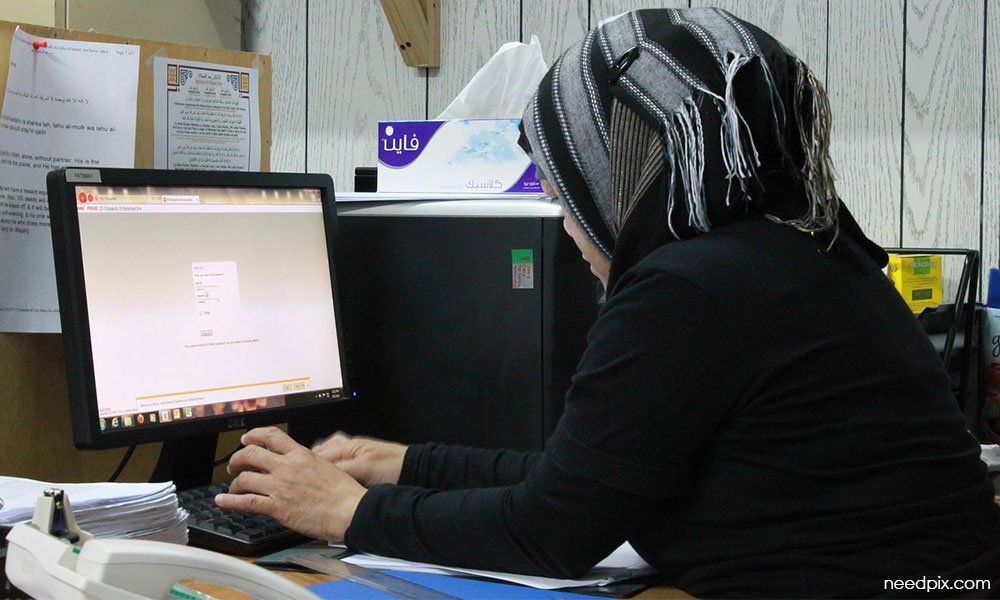
Malaysia's Poverty Line Income (PLI) has been revised to RM2,208, according to the calculations based on the 2019 methodology, said the Department of Statistics Malaysia (DOSM).
Previously, the PLI was calculated according to the 2005 methodology, which benchmarked poverty at RM980, based on the basic requirements for a household to live healthily and actively.
Chief statistician Mohd Uzir Mahidin said the PLI revision was in accordance with current needs that emphasise optimal food intake and quality non-food basic requirements.
"Moreover, the classification of households into ten categories based on ten percentiles and household disposable income that can be used as one of the preferred measures in the analysis of income distribution and the alternative in measuring poverty, namely Multidimensional Poverty Index (MPI) and Relative Poverty, are also available," he said.
He said this in a statement on the Household Income and Basic Amenities Survey Report and the Household Expenditure Survey Report Malaysia, 2019 released today.
Mohd Uzir said the incidence of absolute poverty improved from 7.6 percent in 2016 to 5.6 percent in 2019 and the hardcore poverty was at 0.4 percent in 2019 as compared to 0.6 percent in 2016.
In addition, the Gini coefficient increased by 0.008 index points from 0.399 (2016) to 0.407 (2019) which shows that the household income gap is widening.
However, based on disposable income, the Gini coefficient was at 0.393.
Meanwhile, he said the median income grew moderately at 3.9 percent per year to RM5,873 in 2019, while the mean income increased by 4.2 percent per year to RM7,901.
Seven states had median income above the national level, while three Federal states, Selangor and Johor recorded mean income higher than the national level of RM7,901.
The mean household expenditure, meanwhile, expanded by 3.9 percent in 2019.

Median household income in urban areas recorded an increase at a rate of 3.8 percent from RM5,860 in 2016 to RM6,561 and similarly, the median household income in rural areas also increased 3.3 percent over the same period, that is between RM3,471 and RM3,828.
Mean household income in urban grew by 3.9 percent per year from RM7,671 to RM8,635, while in rural, mean household income was RM5,004 in 2019, 0.8 percent higher than the national level of 4.6 percent.
Kuala Lumpur recorded the highest median income with RM10,549 followed by Putrajaya (RM9,983), Selangor (RM8,210), Labuan (RM6,726), Johor (RM6,427), Penang (RM6,169), and Melaka (RM6,054).
Putrajaya had the highest compounded annual growth rate of median income at 6.3 percent over the period of 2016 to 2019, 1.6 times higher than the national median growth rate of 3.9 percent.
Eight other states that also exceeded the national median growth rate were Terengganu (5.6 percent), Kuala Lumpur (5.0 percent), Kelantan (4.9 percent), Penang (4.4 percent), Johor (4.3 percent), Selangor (4.3 percent), Labuan (4.2 percent), and Kedah (4.2 percent).
Median monthly household disposable income was 4.2 percent higher at RM5,116 in 2019 from RM4,513 in 2016, while the mean monthly household disposable income was RM6,764 from RM5,928 recorded in 2016.
The mean disposable income comprises 85.6 percent of total mean gross income.
Mohd Uzir (photo) said the Household Expenditure Survey showed that demand for the services sector by households is increasing with the composition for services component increased to 52.1 percent in 2019.
The patterns of household consumption expenditure remained, whereby main groups of housing, water, electricity, gas and other fuels (23.6 percent); food and non-alcoholic beverages (17.3 percent); restaurants and hotels (13.9 percent) and transport (13.5 percent) made up the four groups with the highest expenditure at 68.3 percent of total household expenditure in Malaysia in 2019.
In line with the national development, the composition of expenditure for health and education recorded an increase of 0.2 percentage points each in 2019.
The expenditure on communication remained unchanged at 5.0 percent, while the other main groups towards the consumer-preferred expenditure also increased.
The expenditure on recreation services and culture edged up by 0.3 and 0.1 percentage points, respectively, while furnishings, household equipment & routine household maintenance increased by 0.2 percentage points.
Overall, the mean monthly household consumption expenditure rose 3.9 percent per annum in tandem with the moderate growth of mean monthly household income at 4.2 percent for the 2016-2019 period.
In terms of value, the mean monthly household expenditure increased from RM4,033 in 2016 to RM4,534 in 2019, while the median monthly household expenditure was RM3,654 in 2019 compared to RM3,314 in 2016.
Household expenditure in urban areas increased by 3.7 percent per annum from RM4,402 to RM4,916 and in rural areas, it increased by 3.6 percent annually from RM2,725 to RM3,038 for the period between 2016 and 2019.
This indirectly reflects that the mean household consumption expenditure in urban areas was 1.6 times higher than in the rural areas.
The increase in expenditure in urban areas is also in line with the increase in mean income of urban households which was 1.7 times higher (RM8,635) than rural households (RM5,004).
At the state level, the highest mean monthly household consumption expenditure was recorded in Putrajaya (RM7,980) in 2019.
Five other states also recorded household consumption expenditure exceeding the national mean of RM4,534 were Kuala Lumpur (RM6,913), Selangor (RM5,830), Melaka (RM4,955), Johor (RM4,793) and Penang (RM4,630).
- Bernama




No comments:
Post a Comment
Note: Only a member of this blog may post a comment.